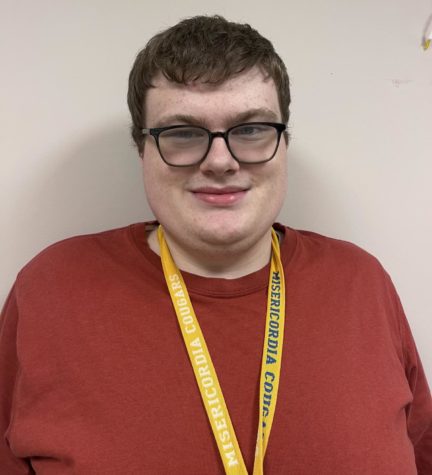Inside Scope on Medical Truths: Craniopagus Twins
October 26, 2016
Imagine this: You and your significant other have just found out you are pregnant. Whether it’s for the first time or the fifth, you are excited and cannot wait for the first ultrasound to see your baby’s little nose and feet. It’s all you can talk about. You’re already planning the nursery, thinking of names and buying cute little onesies and bibs – more than you could ever possibly need.
You show up to your first doctor’s appointment 30 minutes early and sit in the waiting room, looking around at all the other soon-to-be parents, and think that this is the moment you’ve dreamed about for so long. It’s finally here and better than you could have imagined.
Finally, the nurse opens the door, and you hear her call your name. You walk back to the exam room, put on a gown and lay down on the exam table. Dad, you’re right there beside her holding her hand the entire time.
The doctor comes in, shakes your hand, asks you a few questions and gets right to it. He says, “You’re going to feel some cold jelly now, that’s the ultrasound.” You feel butterflies in your stomach. After all the build-up, the moment is finally here. This is it.
You know your whole life is about to change, but maybe not in the exact way you expected. The doctor tells you there are two babies – twins – and your head starts to spin. “Two? That’s so exciting. That’s so good. Oh my gosh. Two? How are we going to handle that?” But there’s more.
Not only are you having twins, but conjoined craniopagus twins – twins that are fused at the cranium.
Now you have a decision to make, maybe one you never thought would apply to you. Do you want to terminate the pregnancy?
Nicole and Christian McDonald faced this exact situation and decision a little more than 13 months ago when they found out they were having craniopagus twin boys. They chose to continue with the pregnancy and after the boys, Jadon and Anias, were born via caesarean section, decided on a course of surgeries that could not only possibly save them, but also change all of their lives forever.
According to CNN.com, craniopagus twins “are exceedingly rare, occurring in one out of every 2.5 million births. About 40% of the twins are stillborn, and another third die within 24 hours of their birth. Studies have showed that 80% of twins joined at the head die of medical complications by the age of 2 if not separated.”
In these situations, one of the babies is usually stronger than the other. In the McDonald’s case, Jadon thrived, while Anias was diagnosed with seizure disorders and he had challenges with feeding, breathing vision and his heart.
While some might consider having the surgery a difficult choice, for the McDonalds it was an easy one: Without it, both babies died; with it, there was a chance of survival for both.
So they left the comforts of their home in Indiana and ventured to the Children’s Hospital at Montefiore Medical Center in the Bronx, where Dr. John Goodrich and his team would attempt an extremely risky and lengthy surgery.
The greatest challenge for the doctors: The boys shared 1.5-2 inches in diameter of brain tissue. Using scans, the doctors were able to recreate 3-D molds of each twin’s brain to use in surgery to avoid vessels and excess damage to vital parts.
The greatest challenge for the parents: letting the boys go and watching them roll through those surgery suite doors. All they could do was wait and have faith that things would work out.
And wait they did. For 27 hours to be exact.
After 20 hours, Jadon came out and was brought to the neonatal intensive care unit. His brother followed seven hours later, separate at last.
While the surgery could be considered a success, because both children survived, long-term success can only be achieved over time. The boys and their family have a long road ahead. A road they look forward to taking together.







